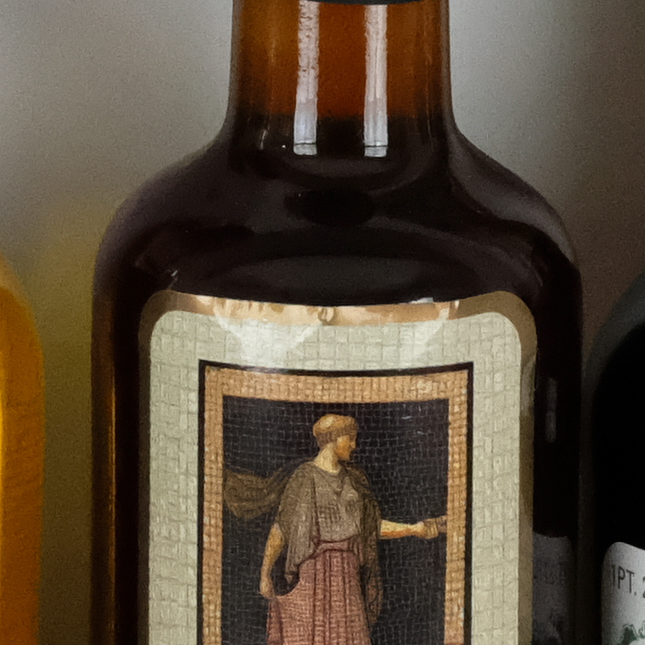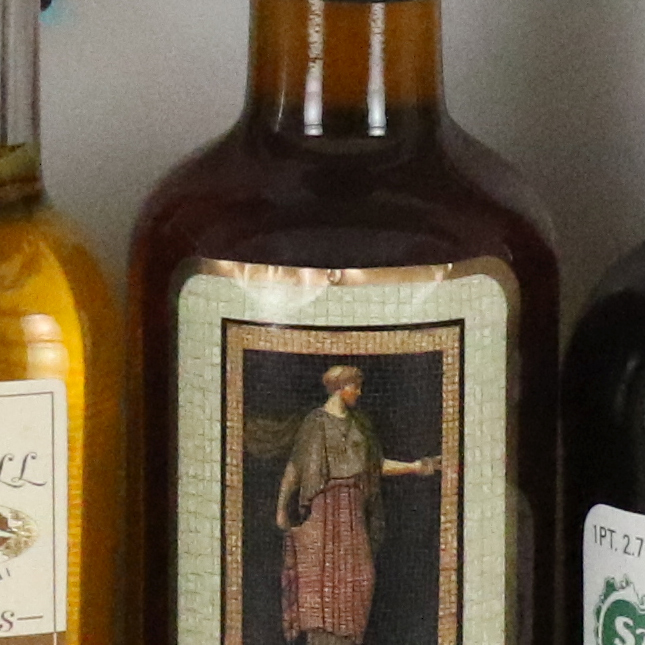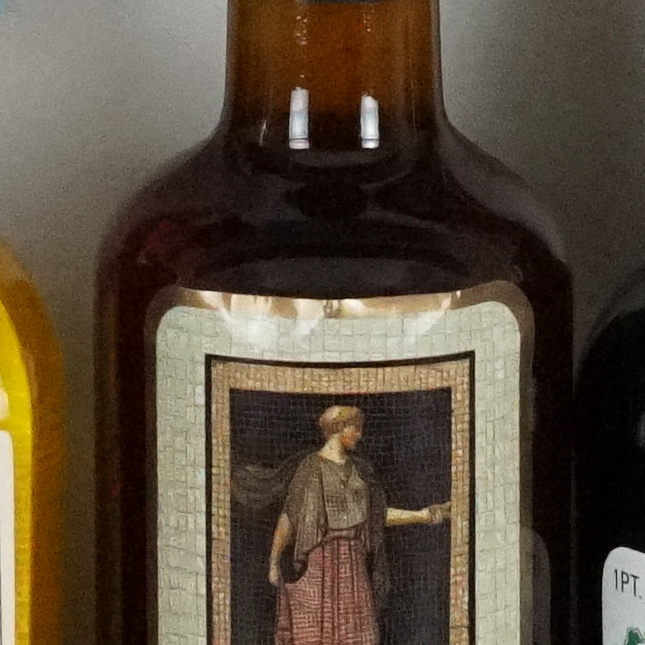Good ISO 6400 images with APS-C? Check out our Fujifilm X-H1 First Shots
posted Sunday, March 4, 2018 at 8:16 AM EDT
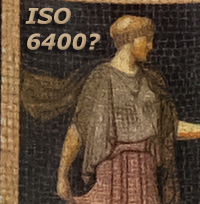
We know that you all shoot out in the real world, as do we. Controlled lab images are not the real world, but they are the very best way to compare one camera's image quality to another, in order to ensure you are giving yourself the best chance out in whatever world you do happen to shoot in.
We've just run the new flagship Fujifilm X-H1 through our lab's initial journey, which is our Still Life test target that we often call First Shots. These allow you, the reader, to start making your own image quality comparisons in our Comparometer, while we're busy with the remainder of the review.
In my general experience analyzing images at Imaging Resource for more than five years, I've found ISO 3200 to be about as comfortable as I get with APS-C sensors. Of course, that is just a generalization, and there are exceptions to every rule. The Fujifilm X-H1 seems to be more than just an exception to the rule, more like a complete rule breaker.
Fujifilm X-H1 - ISO 6400
[1:1 crop of Still Life test target at ISO 6400]
Good fine detail rendering combined with very low noise for this gain setting
make this ISO 6400 lab image one of the best we've seen from an APS-C camera.
[A special note to the technical deep-divers among you:
For many years our primary Fujifilm lab lens has been the XF 60mm f/2.4, which has served us quite well. We've decided to switch to a newer lens, in this case the XF 90mm f/2, and the results are just a bit sharper than we'd been getting with the 60mm f/2.4. Therefore, when comparing the X-H1 to other Fujifilm models such as the X-T2 please keep this in mind, as it will surely affect the comparisons to a degree.]
The image above has plenty of fine detail where it counts, such as in the mosaic tile pattern, and yet doesn't introduce a great deal of noise in areas like the shadows behind the bottles. As most of you know, that is the real trick, getting the detail without introducing the noise inherent at higher gain settings. The shadow areas in our target are traditionally prone to plenty of noise depending on the camera and the chosen compression algorithm, and the above combination is a very good one for this sensor size.
Going Video
Because the X-H1 has been enhanced by Fujifilm in the video department (read more about that in our X-H1 Overview) let's compare the basic still IQ to three companies known to excel in that department: Canon, Panasonic and Sony. For Canon and Sony we'll look at their top-tier APS-C model, the 7D Mark II and the A6500, and for Panasonic their video flagship GH5. (For comparisons to the newer GH5S, or any other competitor we've tested, please see our Comparometer!)
We tend to post side-by-side images in these First Shots articles, but frankly the X-H1 image seemed to deserve the full width of the page. Below are the mentioned competitors, and then below that is a montage of the four cameras for a more direct comparison.
Canon 7D Mark II - ISO 6400
[1:1 crop of Still Life test target at ISO 6400]
We don't see much in the way of fine detail in the mosaic tile pattern here,
and yet there is noticable noise in the flatter areas behind the bottles.
Panasonic GH5 - ISO 6400
[1:1 crop of Still Life test target at ISO 6400]
We don't see as much noise in the shadows as with the 7D Mark II, but there's
still not a great deal in the way of fine detail in the mosaic tiles here.
Sony A6500 - ISO 6400
[1:1 crop of Still Life test target at ISO 6400]
The A6500 does wrest a good amount of fine detail in the tiles, but shows considerable noise in the flatter areas behind the bottle, and also loses a lot of detail along the edge of the bottle at the top left.
So there's a close look at each competitor at ISO 6400. Below is a montage for a better immediate comparison. We'll have our signature Image Quality Comparison report coming during our full review of course, but for now we'll simply let the images do the talking, as this comparison is certainly eye-opening.
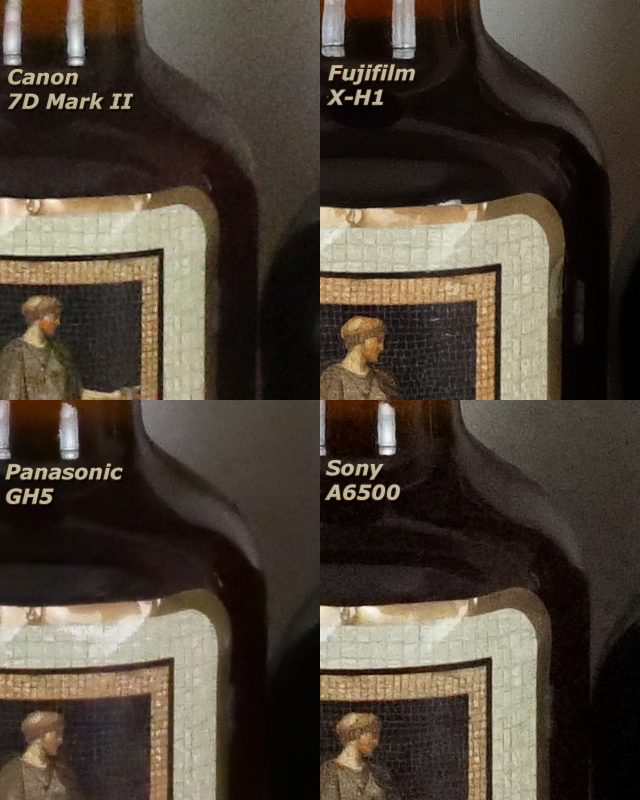
(The two white specs in the mosiac tile on the X-H1 image are a new lab reflection artifact. It is not a product of the X-H1, as we found through a deeper dive into the phenomenon with another test camera.. We're still working to resolve the issue.)
Time to head out on your own now, so dive into our X-H1 First Shots and Comparometer for further exploration!
• Fujifilm X-H1 Lab Samples • Overview • Hands-on Preview •
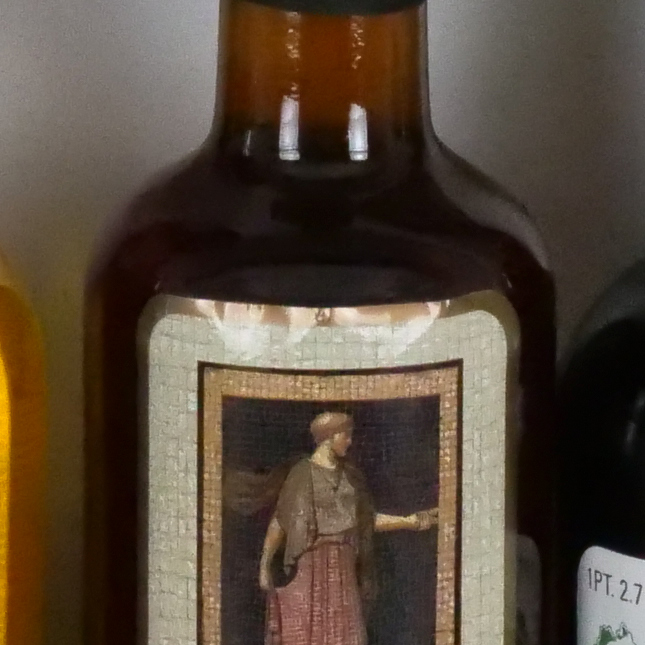
[1:1 crop of Still Life test target at ISO 6400]
